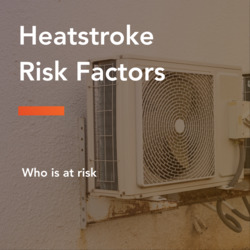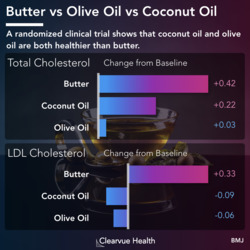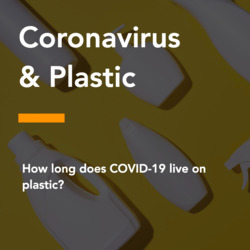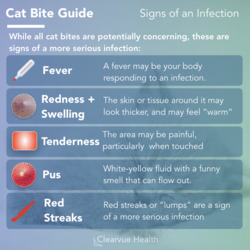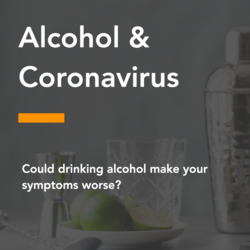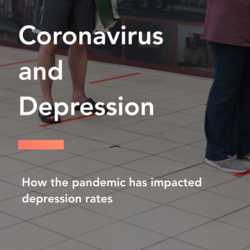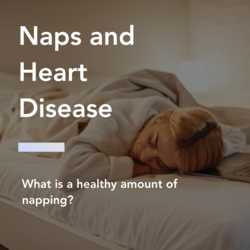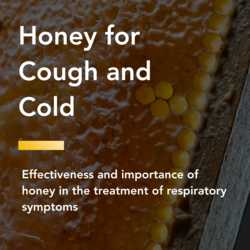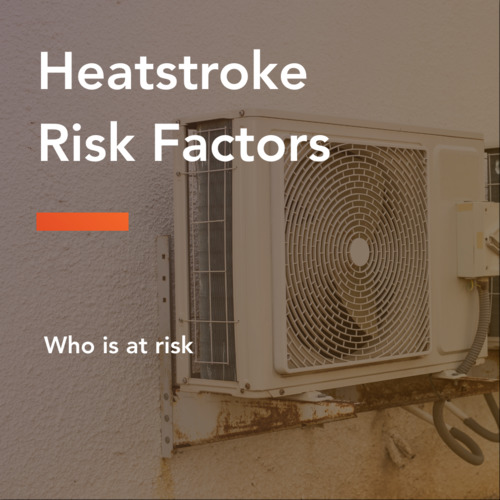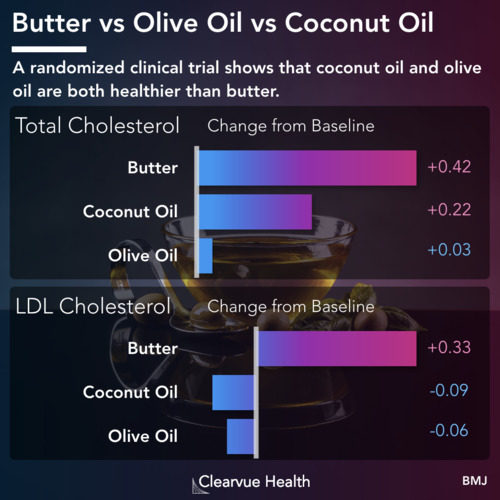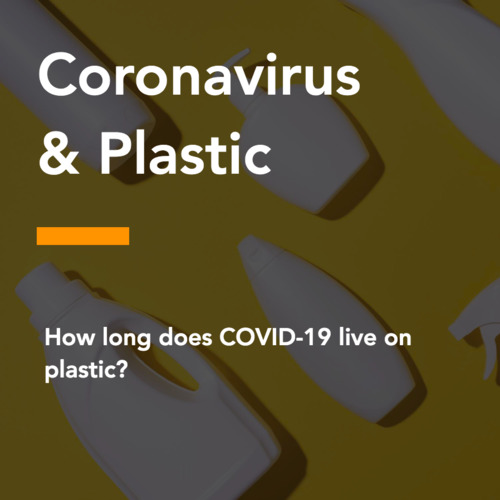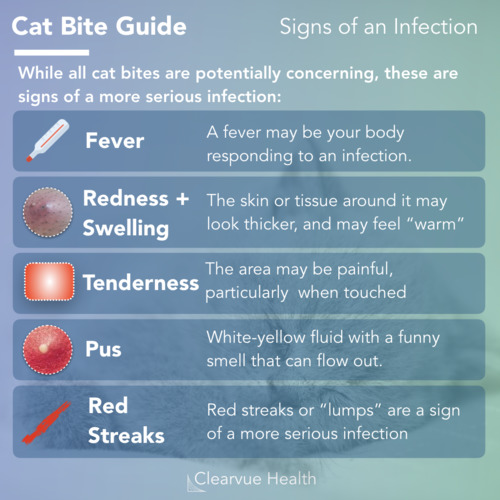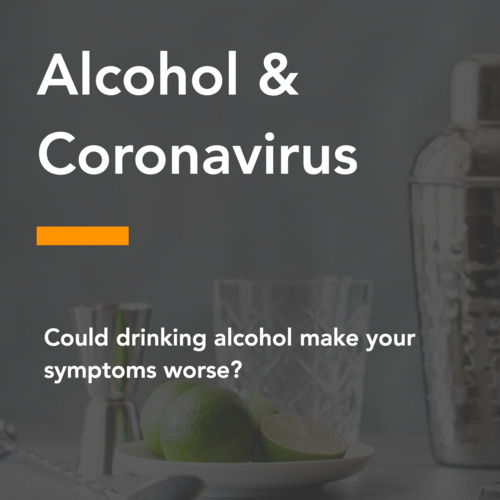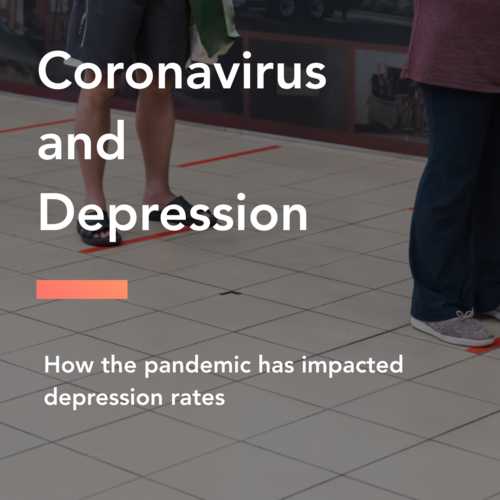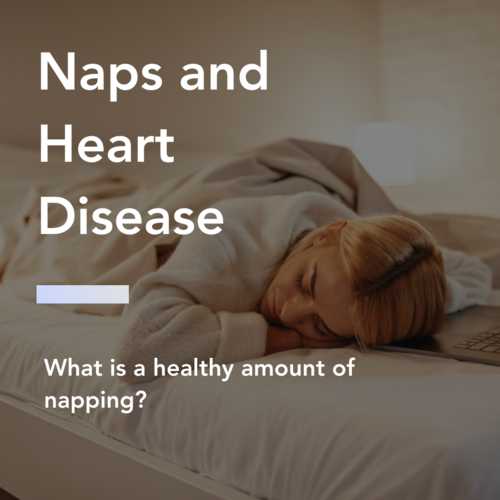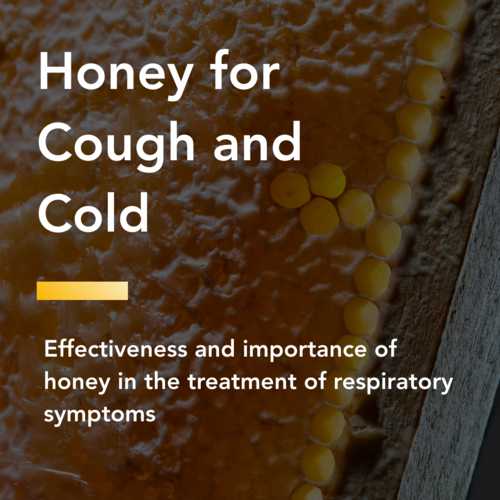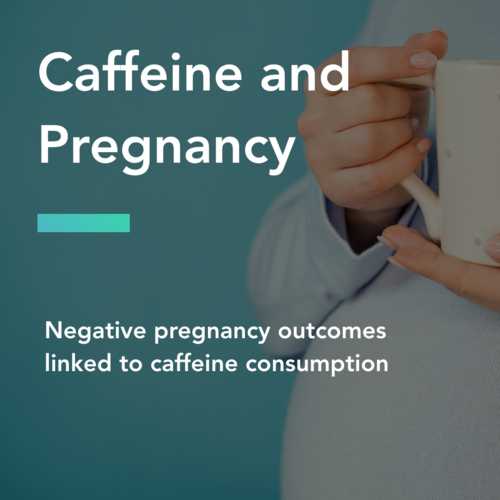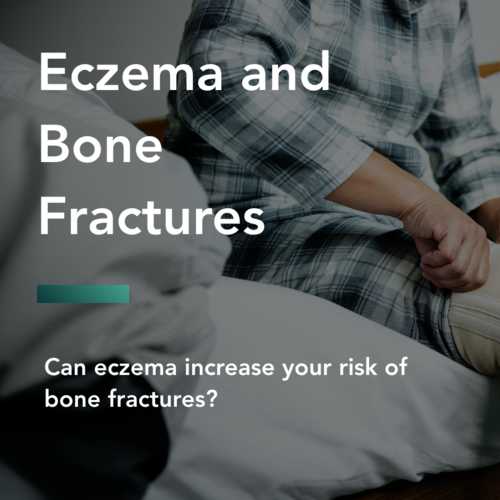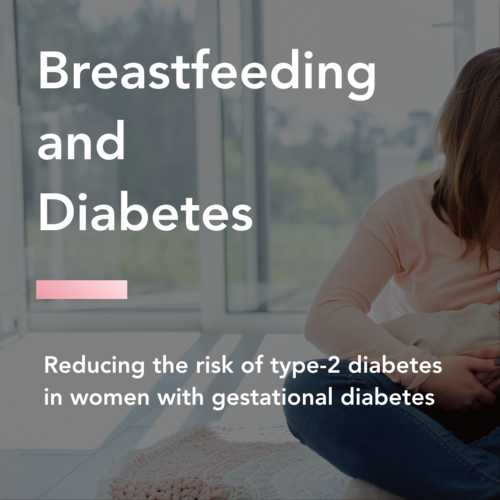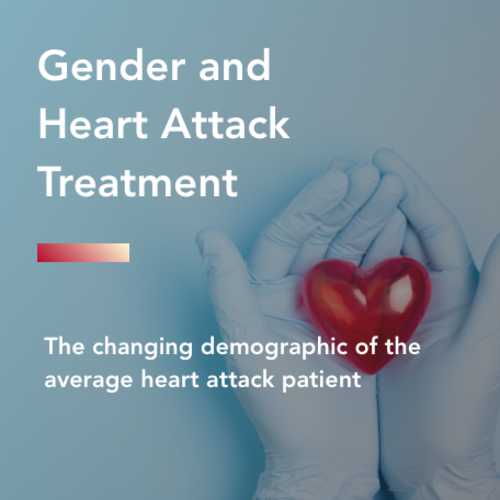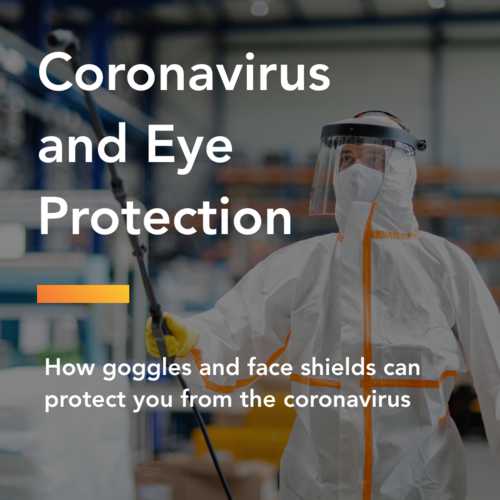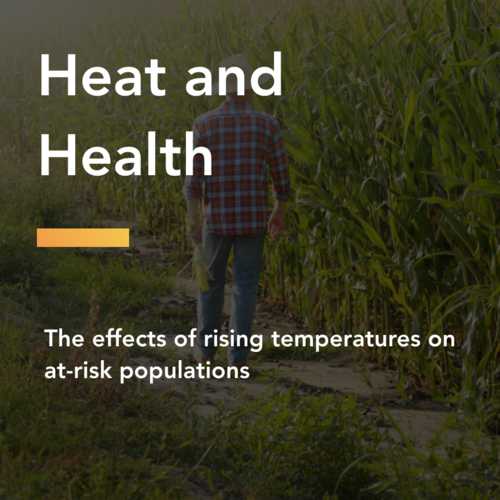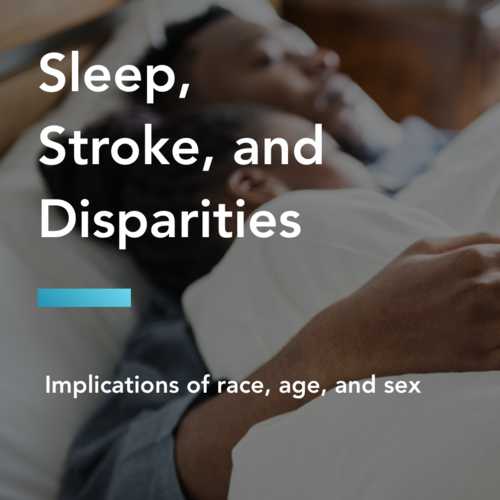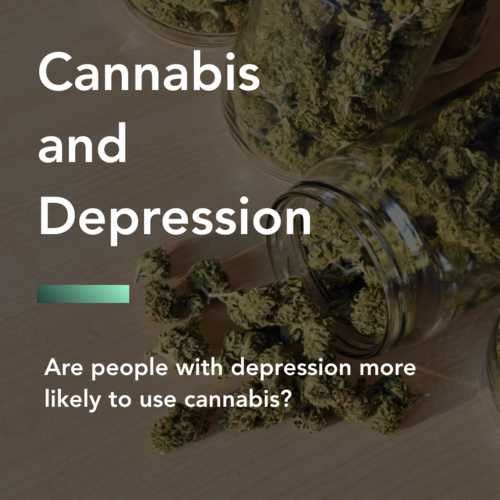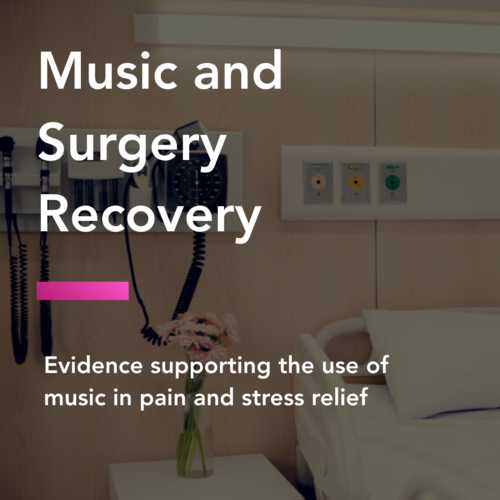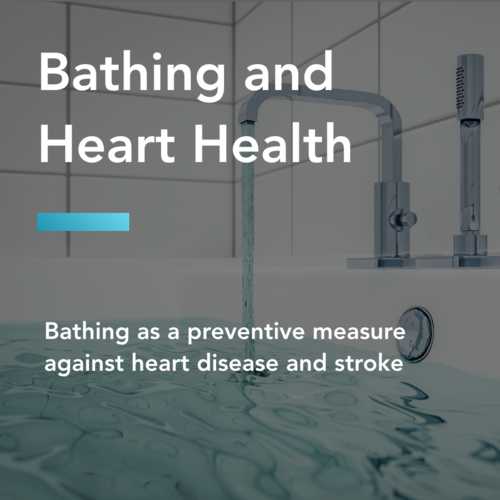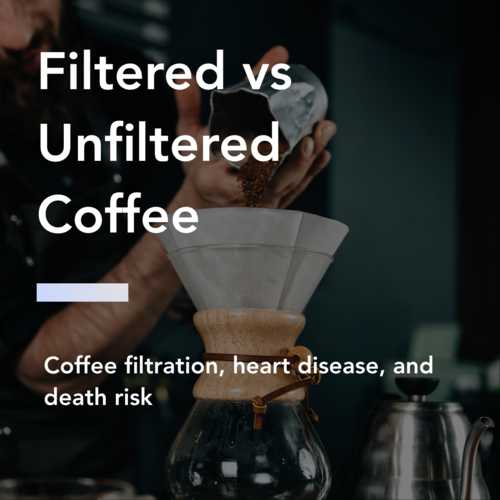An analysis of best practices
It’s summertime, and the living is hot. So hot, in fact, that it can cause heatstroke. Heatstroke happens when the body’s temperature becomes concerningly high. It is accompanied by symptoms like nausea, headache, dizziness, and an accelerated heart rate. It is important to treat heatstroke with an effective method of recovery.
A review of recovery methods
Researchers collected data on different methods of reducing body temperature from seventeen studies. All the studies had information about cooling times and cooling rates in patients with heatstroke. Examples of cooling methods included immersion in iced water, evaporative cooling, cold packs, and medication.
Heatstroke Recovery Methods Setup
To review the different methods of reducing body core temperature in patients with heatstroke
1. Locate
Located 17 related studies
2. Evaluate
Evaluated results of cooling method testing
3. Theorize
Theorized which cooling method is the most effective
Source: Cooling methods used in the treatment of exertional heat illness
Immersion describes soaking the body in ice-filled or very cold water. Based on the rate of cooling, this method was the most effective. However, this method requires the preparation of a tub to fill with ice and water. The method is also reported to be uncomfortable or even unbearable for some.
Evaporative cooling requires the removal of clothes, spraying water on the body, and then using a fan to evaporative the water. This method had a lower cooling rate but seemed to be widely used.
Cold packs are used to cool the body when placed in the armpit, groin, and neck areas. This method was the least effective but is considered the most accessible. Cold packs are easy to find and transport to various locations. They are easily stocked at pools, beach resorts, and sports centers if needed. Cold packs are typically used alongside another method like evaporative cooling.
Heatstroke Recovery MethodsResults
Evaporation with water and fan
Other cooling methods that are less frequently used include medication, invasive methods (like putting ice water through a tube into your body), body cooling beds, and body cooling standing units. These methods require special equipment and are typically performed in a clinical setting, which is not always accessible in an emergency.
All the studies were designed differently and conducted many years apart. Therefore, this is not a true comparison between each method. We can only accurately compare the methods if we conducted a randomized experiment with matched participants in a controlled setting. Nevertheless, this information does give us a glimpse of the potential differences between the methods.
Temperature
Under the assumption that immersion is the most effective form of body cooling, scientists evaluated a range of water temperatures. They wanted to see if the rate of cooling changed depending on the temperature of the water.
Body Cooling Temperature Setup
What temperature of water immersion can cool the body effectively and quickly?
1. Recruit
Recruited seven healthy participants
2. Exercise
Participants exercised on a treadmill for about 45 minutes
3. Immersion
Participants sat in cold water at either 2, 8, 14, or 20°C
4. Monitor
Monitored temperature changes in the body
5. Compare
Compared rates of body cooling
Source: Effect of water temperature on cooling efficiency during hyperthermia in humans
The major finding of the study was the difference between 2°C and the cooling rates of 8, 14, and 20°C water. In the entire immersion, the rate of body cooling at 2°C was double compared to the other temperatures, which did not differ from each other. This suggests that 2°C is the most effective temperature for body cooling.
Body Cooling Temperature Results
2x
Water at 2°C is nearly twice as effective for cooling the body as higher temperatures
This study is good because the participants were exposed to the same conditions. They were restricted from exercising outside of the experiment, drinking caffeine or alcohol, and eating a few hours before each experiment. In this way, the study eliminated those factors from biasing the results. On the other hand, there were only seven participants and so it is possible that the results occurred by chance.
Quickly immerse the body in 2°C water until body temperature is cooled down
Key Facts:
Immersive Cooling
Immersing the body in cold water an effective cooling strategy
Temperature
Water at 2°C is most effective in reducing body temperature
Timing
The faster the body cools, the better the health outcome


















